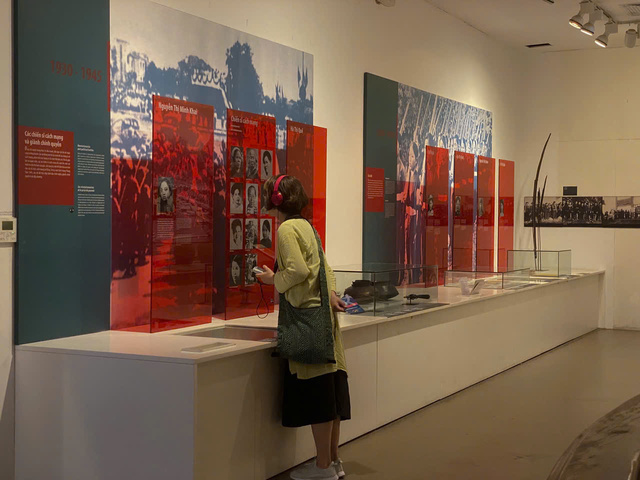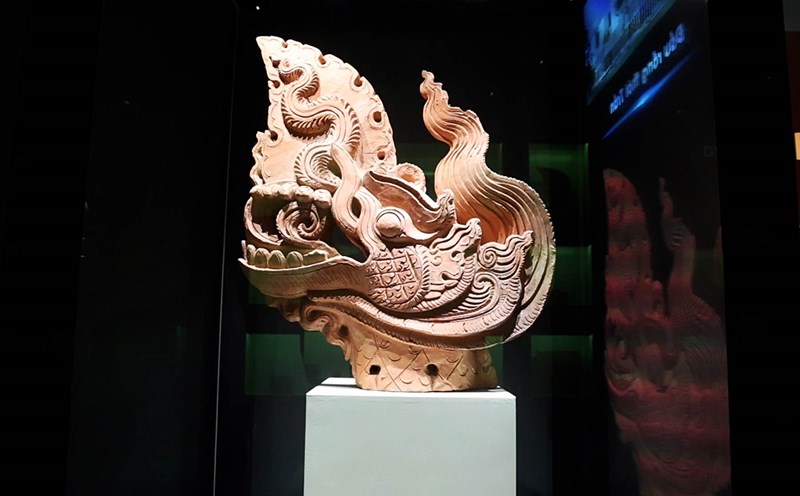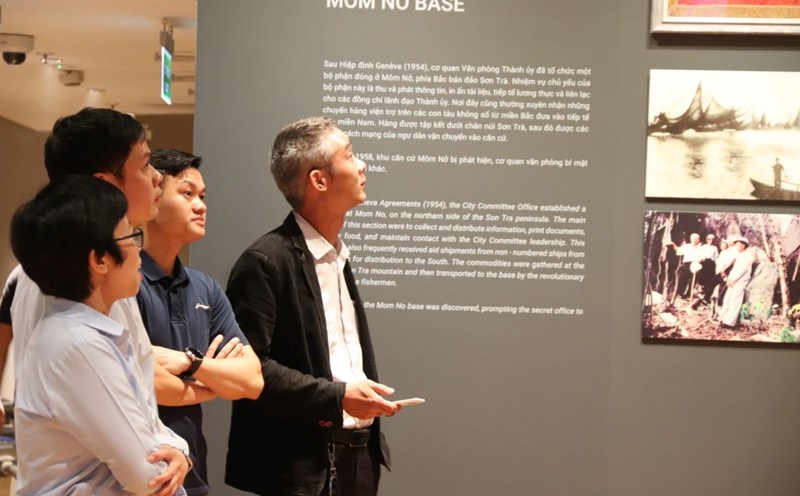Marriage and childbirth - The beginning of a home
Ancient wedding dresses, old invitations, colorful scarves, with towers containing betel and areca, or wedding gifts - are souvenirs reminiscent of a simple, rustic love period.
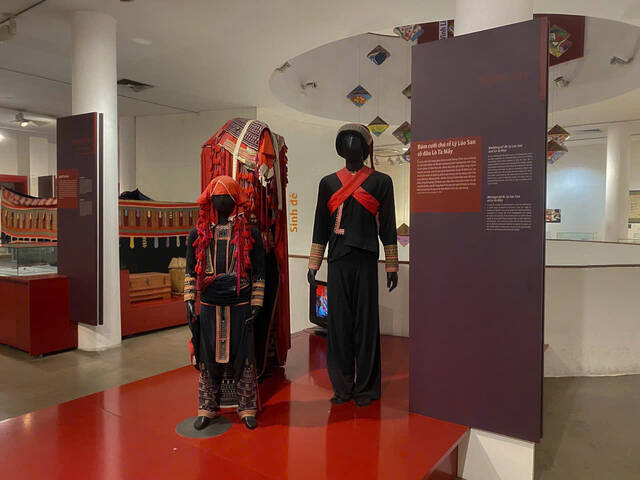
Marriage with Vietnamese women, especially in many different ethnic groups; it is not simply a couple activity but it is also a bond, the beginning of a civil servant to be a wife and a mother.
Through each stage, from the family society to the family tradition, each ethnic group has different wedding customs such as: Dao people have to go through many rituals and spend a lot of money, the value of girls is expressed through the agreed upon ceremony, the boy's family comes to pick up the bride and the girl's family takes the bride back; or the Xinh-mun people, the boy goes to the bride, the bride changes the family name to follow the husband and has a bunch of hair on his head, etc.
Depending on each region, wedding dresses also differently express their own identity in the culture of each ethnic group.
After marriage is a new beginning full of difficulties, as the saying goes: "Only know how to be young can you be young. Raising children is a matter of life and death.
Many traditional rituals are expressed through artifacts such as: the ceremony of naming children: typical of the ceremony of naming boys by the Mnong Gar people; or the Festival of the Full Moon of the Ad people.
A mother's love is expressed in many forms: household spells, exorcism rings, medicine stalls, bottles to brush,...
All have become living proof of love, for the resilient journey of motherhood of ancient women, contributing to the formation of the Vietnamese family through many generations.
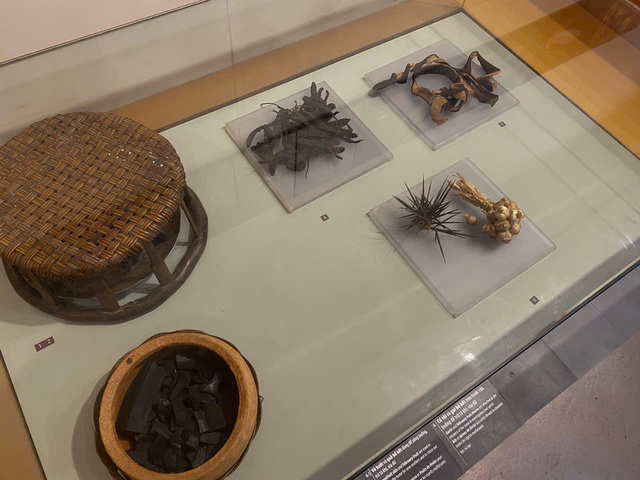
Nameless things make a family
Family life is the place where women cultivate every day. In many ethnic communities, most women take on the task of picking, an activity that takes place all year round. They mainly go to the forest to pick vegetables, fruits, mushrooms, honey, medicinal plants, etc.
In addition, those women also participate in farming: growing rice, fertilizing, making grass, participating in harvesting, plowing, etc. to make products to support family life using tools such as rackets, etc.
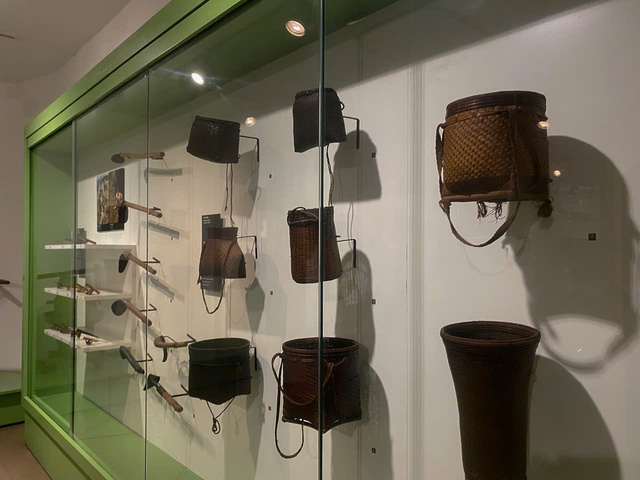
In a small kitchen, taking care of meals every day takes up most of the time, from preparation to portion sizes and amounts of food. That frequency of algae is expressed through each barrel, plow, tree, brick stove...
In addition, they also make pottery, weaving, and sewing. Especially with children's hats made by their grandmother or mother in the traditional way, as if whispering from their grandmother, from their mother wrapped in love.
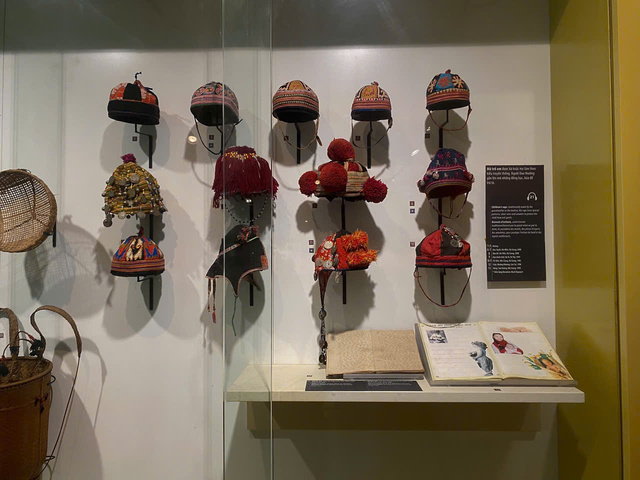
All those nameless things have created cohesion in each family.
Heroic Vietnamese women
Not only taking care of their families; their grandparents and mothers have become silent heroes, contributing to the victory in the resistance war with their bravery and resilience.
In the museum's exhibition space, artifacts such as Ngo Ba Thanh's typewriter, fake ID card, Le Thi Kha's broom giving letter, and Le Thi Hy's documents shelter... are proof of the presence of courage, intelligence, and daring to sacrifice for national independence.
These are just small things but are hidden behind many big stories.
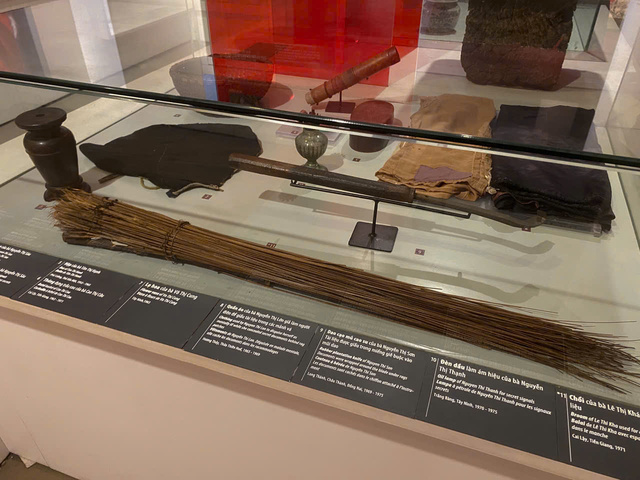
Not only that, they also contribute to supporting the army with economical rice bowls; taking care of war invalids, providing medicine and medical equipment for the revolution. Not afraid to face falling bombs and bullets, they accept to trade for safety to save the country.
Continuing and maintaining traditions
The war has gone far, but stories about grandparents, mothers, and those who silently sacrificed for their families and the Fatherland continue to be told in many different ways and forms.
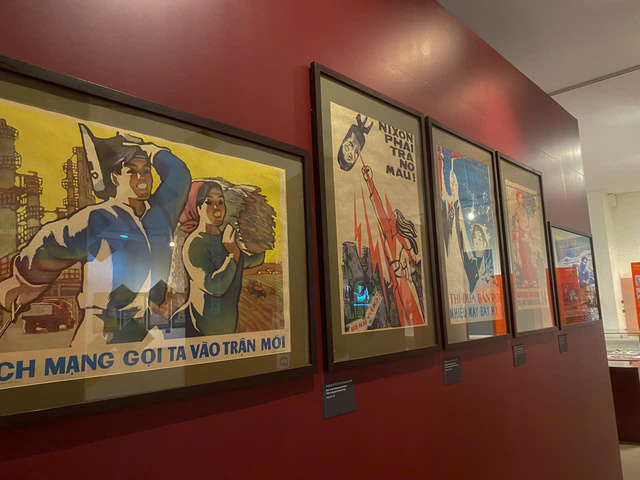
The artifacts at the Museum are a way to inspire the younger generation about the role of women.
I see the image of sacrifice, care and nurturing for the family, the role of women may have changed over time, but the value of care and love is still preserved.
Currently, women still play an important role in every family and above all, they have many opportunities to develop themselves and their careers.
Their role is immeasurable, a foundation, a source of inspiration for the family, shared Le Mai Cham, a student at Hanoi University.
Not only attracting Vietnamese people, the museum also welcomes many international visitors, showing that the role of Vietnamese women is not only engraved in the hearts of the nation, but also leaves a deep impression in the hearts of international friends.
